NEWS
24 Items That Are Too Pricey for Shoppers Now
Published
1 month agoon

Shutterstock
Rising costs and economic challenges are reshaping the way people spend their money, leading to a significant shift in purchasing habits. Items and services once seen as essential or worth the splurge are now being abandoned in favor of more budget friendly options. From luxury vacations to designer goods, people are scrutinizing price tags like never before and finding creative ways to cut back. This trend isn’t just about saving money, it’s about redefining priorities and focusing on value over extravagance.
Here are 24 things people are no longer buying because they’ve simply become too expensive.
Designer Clothing
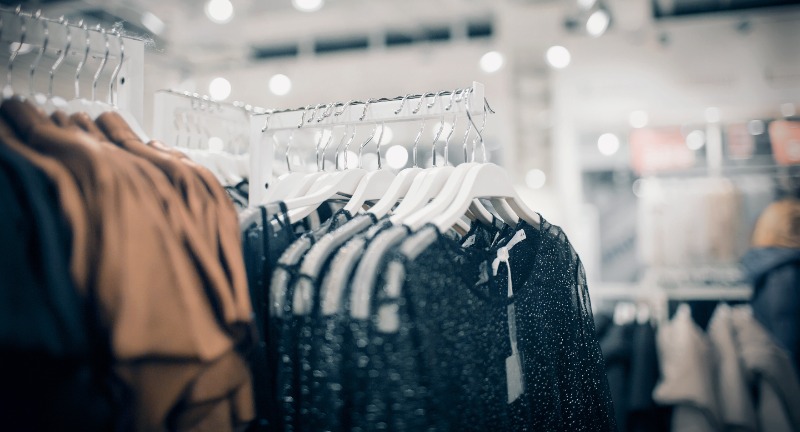
Shutterstock
The allure of designer clothing is undeniable, but its high cost is making shoppers reconsider. Many are opting for affordable alternatives like fast fashion, thrift stores, or sustainable brands that offer quality without the hefty price tag. Social media trends are also shifting toward showcasing individuality through unique, secondhand finds rather than expensive labels. With inflation squeezing budgets, the status symbol of a logo is losing its appeal in favor of practicality and personal expression.
Cable TV Subscriptions

Shutterstock
Cable TV is becoming a relic of the past, as many find it difficult to justify the steep monthly fees. Streaming services offer more variety and flexibility at a fraction of the cost, making traditional cable bundles obsolete. Additionally, the rise of free ad-supported platforms has provided budget-conscious viewers with even more options. Cutting the cord not only saves money but also aligns with the on-demand lifestyle that modern consumers prefer.
Luxury Coffee
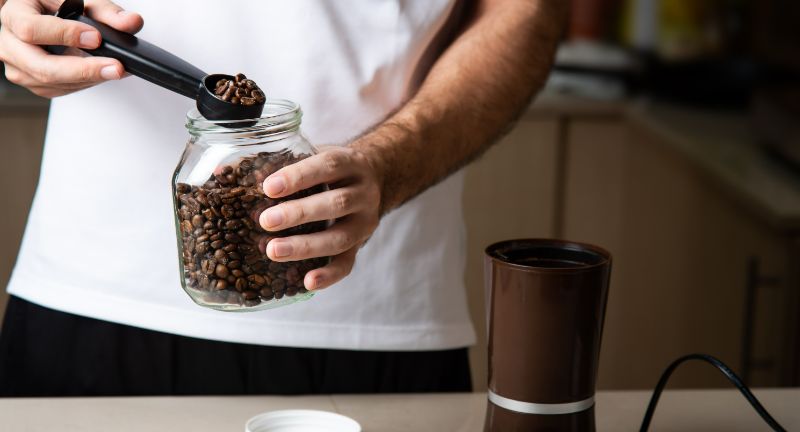
Shutterstock
A $5 daily latte can add up to over $1,800 a year, a realization that has prompted many coffee lovers to brew at home. With affordable coffee makers and gourmet beans available, it’s easier than ever to replicate café-quality drinks without the markup. Social media is full of DIY recipes for everything from cold brew to flavored lattes, inspiring a growing number of at-home baristas. The shift away from luxury coffee is a small sacrifice with a big impact on monthly budgets.
High-End Smartphones

Shutterstock
The days of upgrading to the latest smartphone every year are fading as prices continue to climb past $1,000. Many consumers are discovering that older models still perform well and opting to extend their device’s lifespan with repairs or upgrades. Refurbished phones are also gaining popularity, offering the same functionality at a lower cost. With high-tech features becoming standard, the need to splurge on the newest model is diminishing.
Gym Memberships
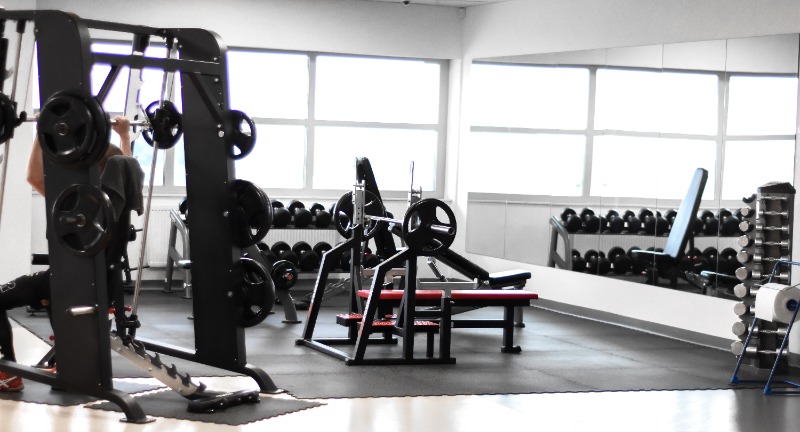
Shutterstock
Expensive gym memberships are losing their appeal as more affordable and convenient fitness options emerge. From free workout apps to YouTube fitness channels, exercising at home has become an attractive alternative. Outdoor activities like running, cycling, and hiking also provide a cost-effective way to stay active. Many have discovered that fitness doesn’t have to come with a hefty price tag or long-term contract.
Fancy Water Bottles
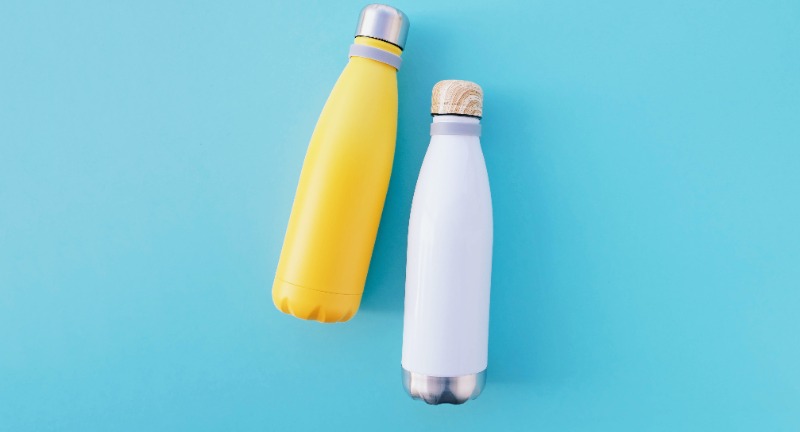
Shutterstock
Luxury water brands once symbolized status, but their high costs are turning shoppers away. Many people are now investing in reusable water bottles and filtration systems that provide clean water without the recurring expense. The environmental impact of single-use bottles has also spurred a shift toward sustainability. By refilling at home, consumers save money while reducing their carbon footprint.
New Cars

Shutterstock
The rising cost of new vehicles has led many buyers to explore used cars or alternative transportation options. Certified pre-owned vehicles offer reliability without the sticker shock of a brand-new car. Ride-sharing services and public transit are also becoming viable options for those looking to cut expenses. With depreciation hitting new cars hard, buying used is often the smarter financial decision.
Expensive Jewelry
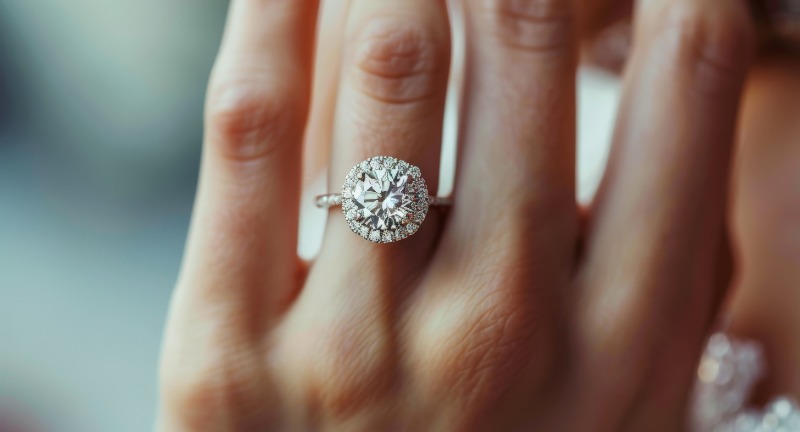
Shutterstock
High-end jewelry is being traded for simpler, more affordable options as people prioritize other financial goals. Lab-grown diamonds and alternative gemstones are popular choices that provide the same sparkle without the high cost. For many, the sentimental value of a piece now outweighs its monetary worth. This shift reflects a growing preference for meaningful purchases over status symbols.
Premium Beauty Products
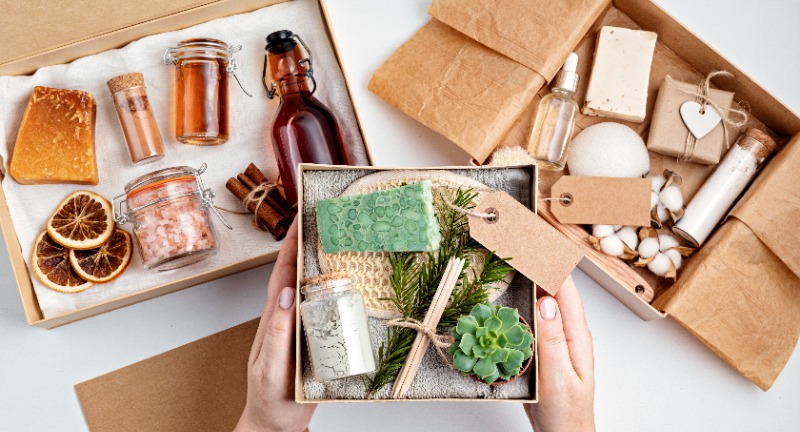
Shutterstock
Luxury beauty brands are struggling as budget-conscious shoppers turn to drugstore alternatives. Many affordable brands now offer high-quality, effective products that rival their premium counterparts. Social media influencers have also popularized dupes, making it easier for consumers to find cost-effective options. By skipping the high-end labels, buyers can look good without breaking the bank.
Organic Groceries
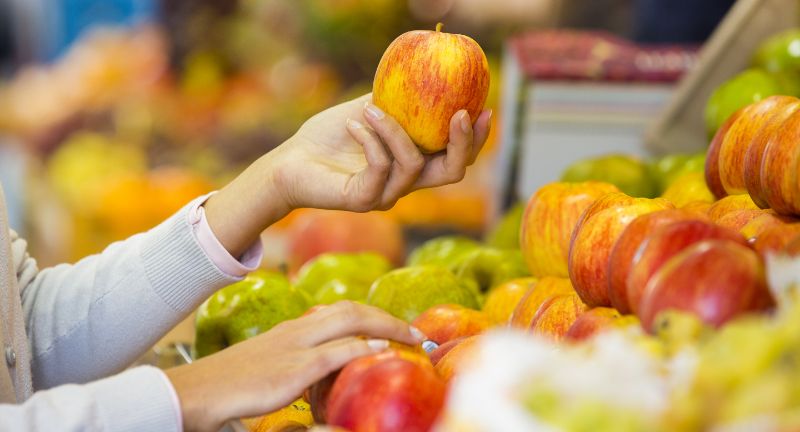
Shutterstock
While organic groceries were once a must-have for health-conscious shoppers, their high prices are driving many back to conventional produce. Local farmers’ markets and community-supported agriculture programs offer affordable alternatives. For some, prioritizing organic for specific items while buying others conventionally has become a balanced approach. As food prices rise, consumers are focusing more on nutrition than certifications.
Subscription Boxes
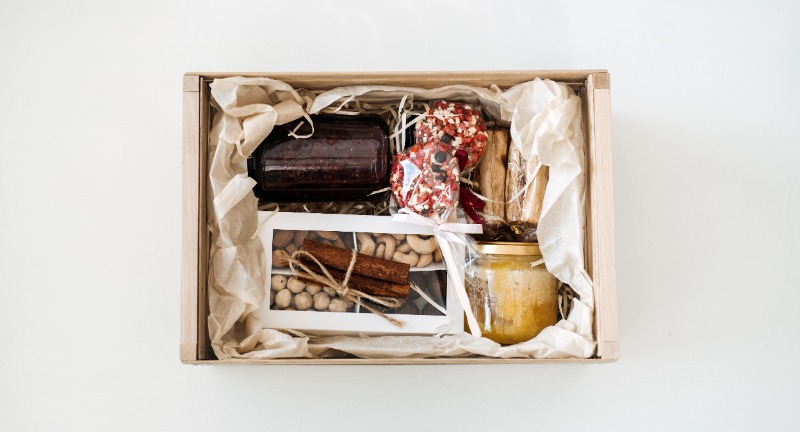
Shutterstock
Subscription boxes, from meal kits to curated clothing services, are being canceled as their costs add up over time. While they offer convenience, many consumers find that the products can be sourced more affordably elsewhere. Cooking from scratch or shopping independently often proves just as rewarding and far less expensive. The novelty of subscription boxes is wearing off as practicality takes precedence.
Concert Tickets

Shutterstock
Skyrocketing ticket prices for concerts and live events are pushing fans to reconsider attending. Many are opting to stream performances online or attend smaller, local shows that are more affordable. The additional costs of travel, lodging, and merchandise further deter people from splurging on big-name tours. While live music remains a passion, it’s increasingly being enjoyed on a budget.
Luxury Vacations

Shutterstock
Lavish getaways are being replaced by road trips, staycations, and budget-friendly travel destinations. Travelers are focusing on creating memorable experiences without the extravagant price tag. Websites and apps offering last-minute deals or affordable accommodations are becoming go-to tools for vacationers. By cutting back on luxury, people can still explore the world without depleting their savings.
Brand-Name Medications

Shutterstock
The cost of brand-name medications has made generics a popular choice for budget-conscious patients. Offering the same active ingredients at a fraction of the cost, generics are an easy switch for those looking to save. Many insurance plans now favor generics, making them even more accessible. This trend highlights the growing awareness of value in healthcare spending.
Fine Dining
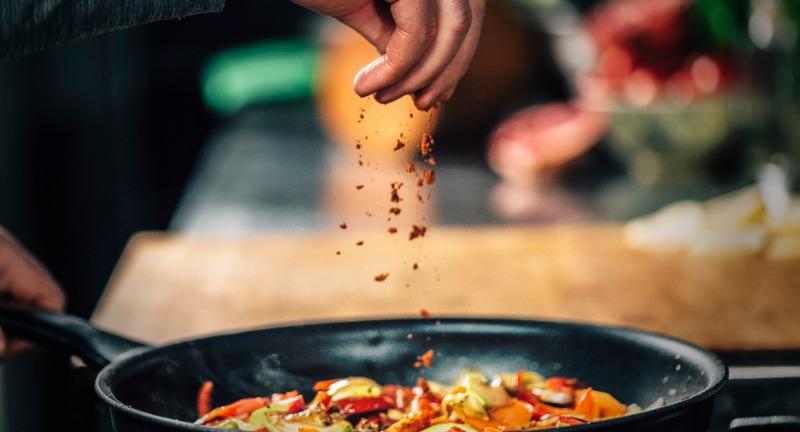
Shutterstock
High-end restaurants are seeing fewer patrons as more people choose to cook at home. Cooking has become a creative and cost-effective way to enjoy gourmet meals without the premium price tag. For special occasions, affordable dining options or home-cooked celebrations are becoming the norm. The shift reflects a growing appreciation for value-driven dining experiences.
High-End Electronics
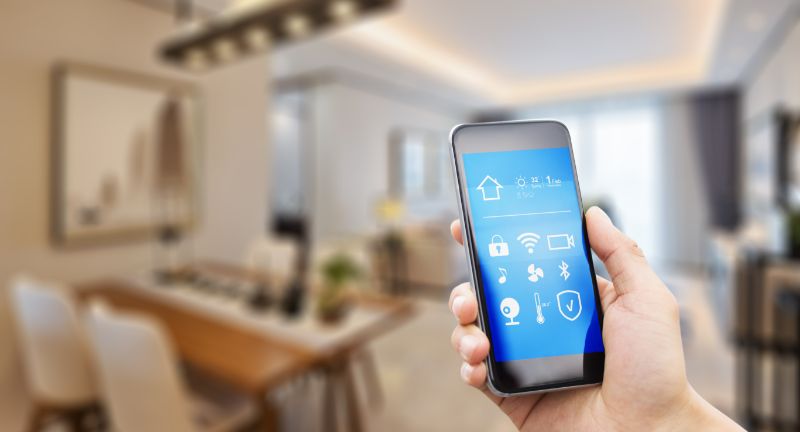
Shutterstock
Expensive gadgets like smart refrigerators, advanced gaming consoles, and high-tech kitchen appliances are being sidelined by budget-conscious shoppers. Many realize they can live without the latest features or opt for refurbished models instead. Consumer reviews and online tutorials often reveal affordable alternatives that perform just as well. With functionality taking precedence over novelty, these luxury electronics are losing their appeal.
Designer Furniture
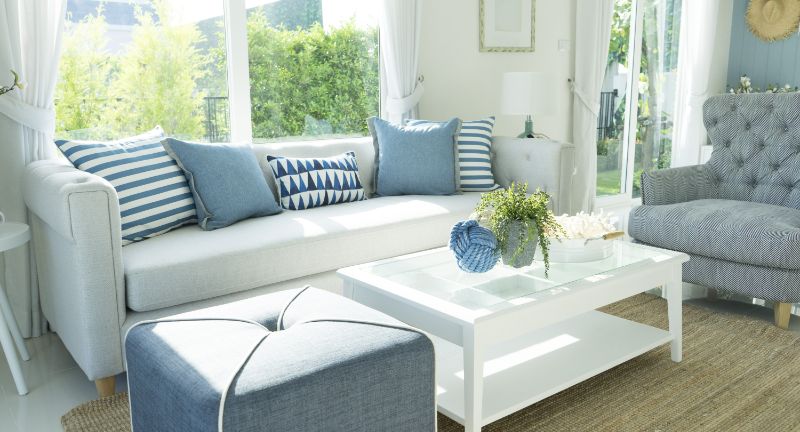
Shutterstock
Pricey designer furniture is being traded for practical and affordable options from mainstream retailers or secondhand shops. Flat-pack furniture and DIY projects allow people to furnish their homes without breaking the bank. Many are also embracing minimalist designs, which require fewer pieces and emphasize functionality over aesthetics. The shift reflects a desire for durable, versatile pieces that fit tighter budgets.
Expensive Wedding Packages
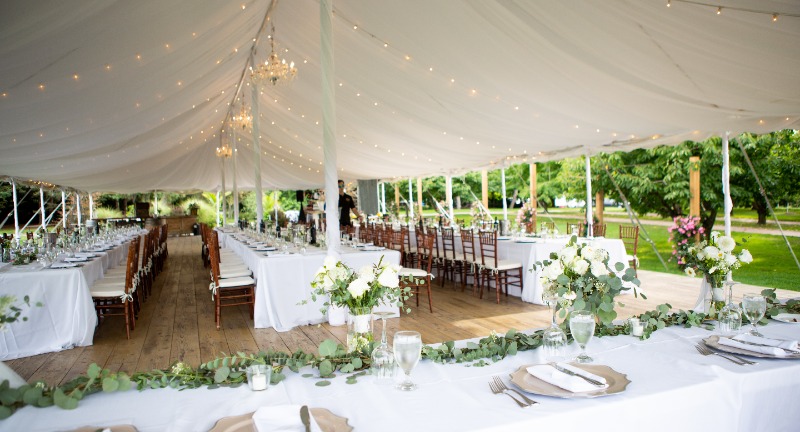
Shutterstock
The high cost of traditional weddings has led couples to simplify their celebrations with smaller guest lists, DIY décor, and casual venues. Many are prioritizing meaningful experiences over extravagant ceremonies, focusing on what matters most. Elopements and courthouse weddings are also gaining popularity as cost-effective alternatives. By forgoing the lavish wedding industry, couples are starting their married life with less financial stress.
Luxury Bedding
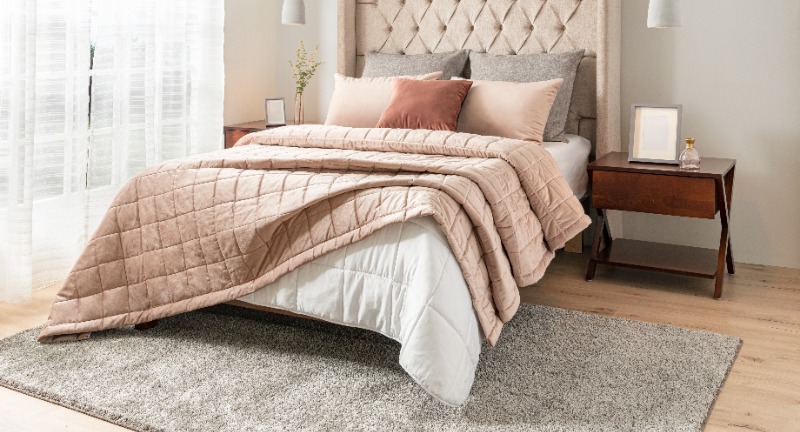
Shutterstock
While quality sleep is essential, the steep price of high-thread-count sheets and premium mattresses has driven many to seek more affordable options. Retailers now offer mid-range products that balance comfort and cost without sacrificing quality. Shoppers are learning that proper care, like using mattress toppers or cooling pads, can enhance their bedding without spending a fortune. Sleep accessories, once a luxury, are becoming a practical investment rather than an indulgence.
Pet Services

Shutterstock
Luxury grooming and pet boarding services are being replaced by DIY grooming kits and affordable pet sitters. Many pet owners are learning to handle basic grooming tasks themselves, saving significant costs. Friends and family often step in as temporary caregivers, reducing the need for expensive kennels. This adjustment allows owners to care for their furry friends without overspending.
High-End Kitchen Gadgets
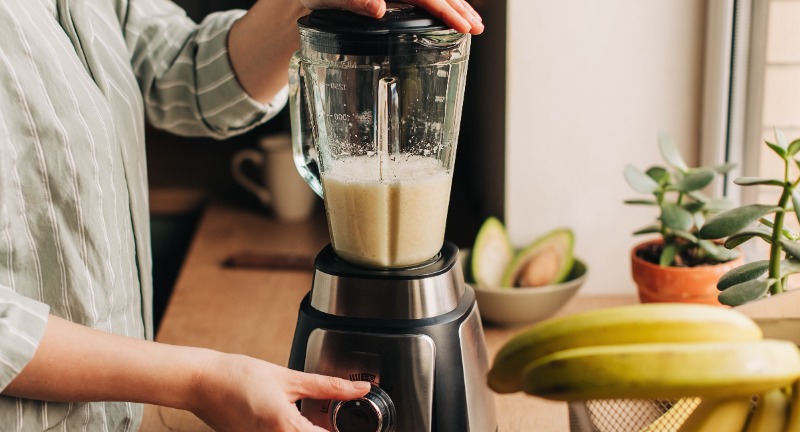
Shutterstock
Specialty appliances like sous-vide machines, high-tech coffee makers, and premium blenders are no longer a priority for budget-conscious cooks. Multifunctional tools and basic models now dominate kitchen counters, offering versatility without the luxury price tag. Many home cooks find they can achieve gourmet results with simple equipment and techniques. The trend reflects a back-to-basics approach to cooking that prioritizes value over extravagance.
Professional Cleaning Services
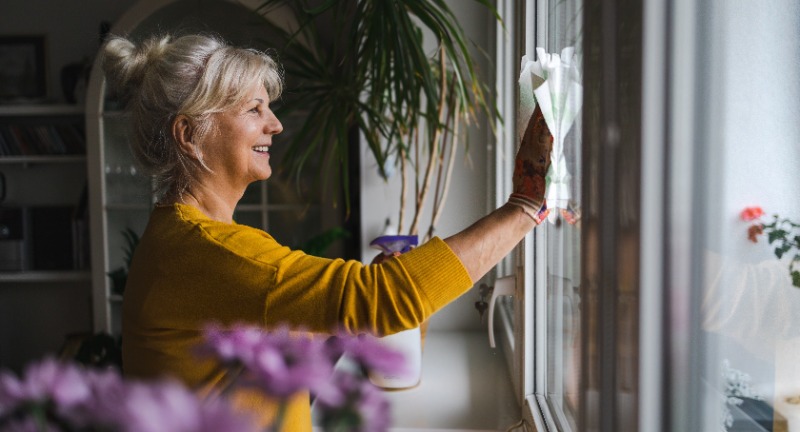
Shutterstock
The convenience of professional cleaners is being sacrificed as people take on household chores themselves. With the cost of regular services adding up, many are turning to DIY solutions and affordable cleaning products. Robotic vacuums and other automated tools also provide an efficient, one-time investment alternative. Cleaning has become another area where saving money trumps convenience.
Luxury Watches
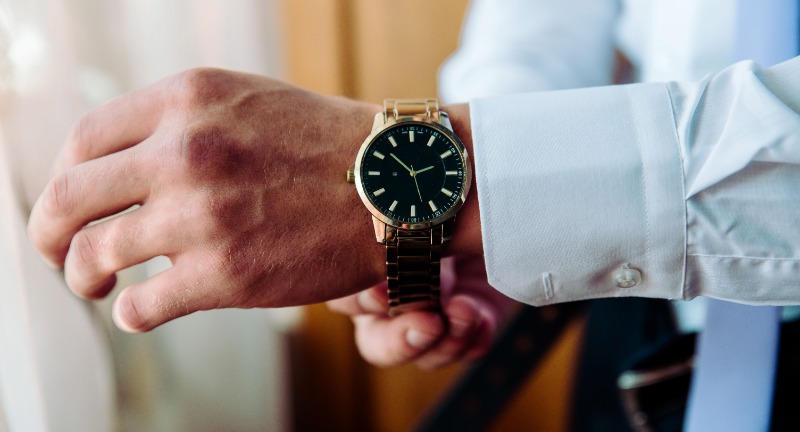
Shutterstock
While luxury watches remain a status symbol for some, the majority now rely on smartphones and smartwatches for timekeeping. Affordable brands and vintage timepieces are becoming popular for their practicality and unique appeal. Many are realizing that spending thousands on a watch is unnecessary when there are equally stylish and functional options available. The shift underscores a growing preference for affordability over exclusivity.
Luxury Cars

Shutterstock
High-end vehicles with premium features are being traded for practical, fuel-efficient models that fit tighter budgets. Electric and hybrid cars are also appealing for their long-term savings despite the upfront costs. For many, the prestige of a luxury car no longer outweighs the financial burden of ownership. The focus is shifting to affordability, reliability, and eco-conscious choices.
Conclusion

Shutterstock
As prices continue to rise, people are increasingly focusing on practical and affordable alternatives to once popular luxuries. This shift highlights a growing awareness of financial priorities and the importance of spending wisely. While cutting back may feel restrictive at times, it also encourages creativity and resourcefulness in finding cost effective solutions. Ultimately, these changes reflect a broader trend of prioritizing value, sustainability, and long-term financial health over fleeting indulgences.
Related Topics:

More Money + Investing
-


25 Purchases You Should Always Make with Cash for Maximum…
-


16 Ultra-Luxurious Vacations Worth Every Penny
-


Top 24 Canine Guardians: The Best Dog Breeds for Security
-


21 Brands That Have Stirred Up The ‘Woke’ Debate
-


20 Great Low Population Places In America To Retire In
-


25 Reasons Employers Hesitate to Hire Gen Z Workers
-


21 Energy-Hungry Home Gadgets That Spike Your Monthly Power Bill
-


20 WWII Military Marvels That Redefined Warfare
-


Unmasking Kirkland: The Big Brands Behind Costco’s Best Buys
-


21 Electric Vehicle Problems Owners Discover Months After Buying
-


15 Powerful Arguments to Ban Electric Cars Permanently
-


21 Phrases Assertive People Use to Exude Confidence